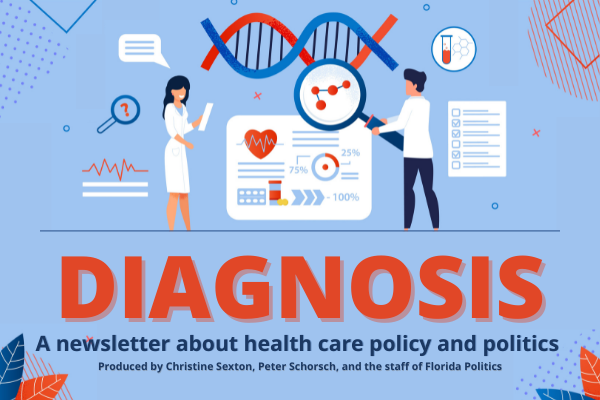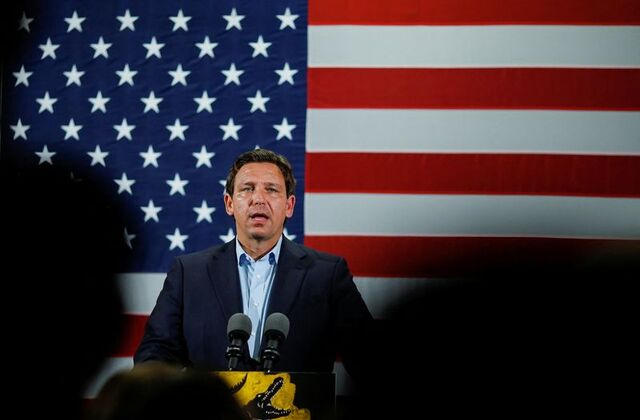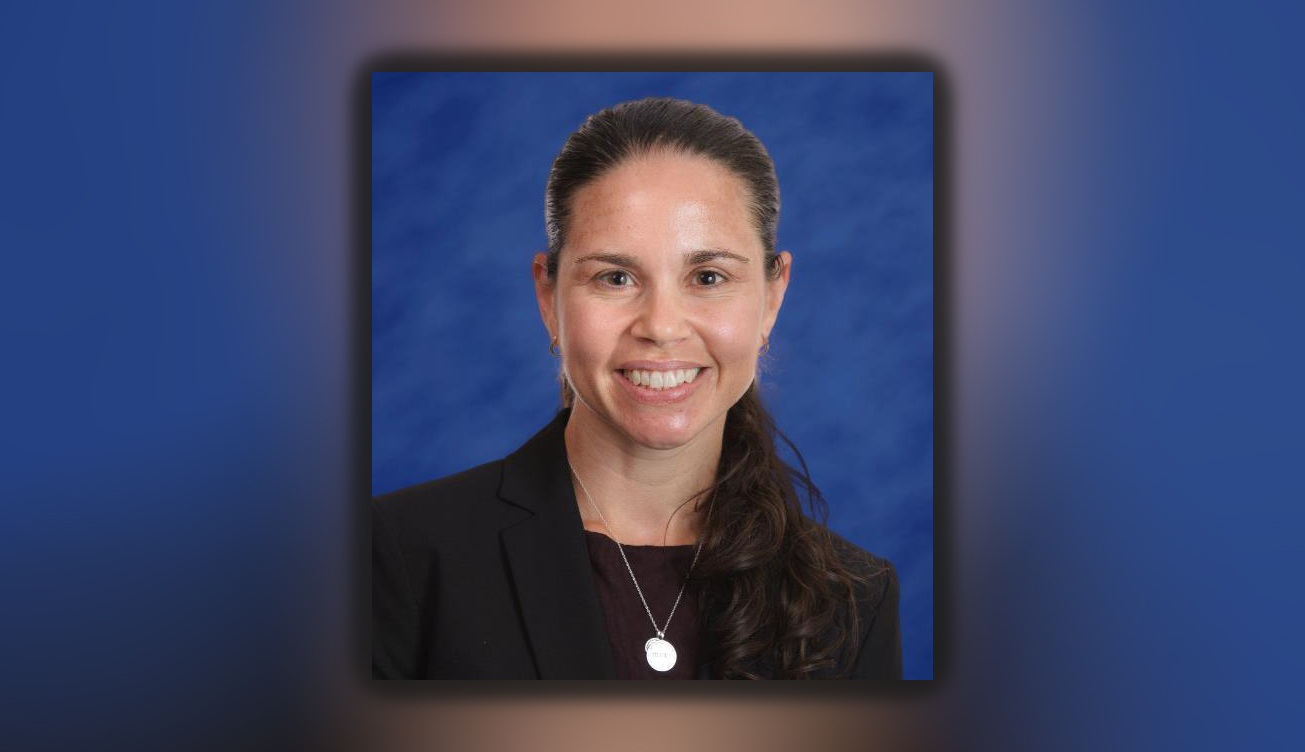
Gov. Ron DeSantis this week easily secured another term in office. But how many top state officials — including those who head up major health care agencies — are going to stick around to the inauguration?
There’s a big reason that some — including Agency for Health Care Administration Secretary Simone Marstiller and Department of Children and Families Secretary Shevaun Harris — may be considering hitting the exit door: A law that imposes a six-year lobbying ban on agency secretaries and executive directors of state agencies is scheduled to take effect Dec. 31.
Voters first approved a six-year lobbying ban back in 2018 and called for it to kick it at the end of this year. During the regular 2022 Session state legislators passed a law that made it clear what executive branch officials were covered by the ban as well as created penalties for someone found violating the new ban.

Current law only requires top state officials to wait two years before they can lobby their former employer. The new lobbying ban also contains a much wider prohibition on lobbying as well so that former agency heads are not only barred from lobbying their former employer but are also banned from lobbying the Legislature.
Many top officials routinely leave state government and join prominent lobbying and legal firms in Tallahassee where they have been able to lobby the Legislature immediately. But that is no longer allowable at the end of the year and could trigger an exodus.
Marstiller was appointed AHCA secretary back in February 2021 and before that had been in charge of the Department of Juvenile Justice. Marstiller, who once was an appeals court judge, had spent several years with the Gunster firm law firm where in 2018 she registered to lobby the executive branch on behalf of Associated Industries of Florida.
Harris worked at AHCA for nearly 20 years before joining DCF in 2021. Though she worked as part of a larger team Harris is largely credited with the successful re-procurement of the Medicaid managed care program.
I welcome your feedback, questions and especially your tips. You can email me at SextonHealthNewsletter@gmail.com or call me at 850-251-2317.
— Again —
Organizers of another attempt to expand Medicaid in Florida are pointing to South Dakota to suggest that it could still happen here.
Reliably Republican South Dakota became the latest to agree to expand who is eligible for Medicaid after 56% of voters approved an initiative Tuesday. The program will take effect in July 2023.
Voters agreed in South Dakota even though Gov. Kristi Noem and others opposed expansion. That gives hope to those who want to put Medicaid expansion before Florida’s voters in 2024.
“While the prevailing election story coming out of Florida is of its solidification as a red state, the results in South Dakota make it clear that the political tendencies of any state do not eliminate the bipartisan appeal of Medicaid expansion,” said Jake Flaherty, campaign manager for Florida Decides Healthcare.

Medicaid expansion has been available for years, but the GOP-controlled Legislature continually rejected it while raising questions about the cost — although the federal government supplies most of the funding.
So, backers of Medicaid expansion hope voters will mandate expansion.
But the big obstacle: Getting a citizen initiative on the ballot.
Organizers behind the Florida proposal need to gather nearly 900,000 petition signatures by early 2024 to make it a reality. Legislators have put new restrictions on petition gathering that tripped up organizers trying to get measures on this year’s ballot. Plus, it usually takes millions in funding to gather the needed signatures.
And an amendment needs a supermajority — 60% — to pass. Three amendments put on this year’s ballot by the Florida Legislature fell short of the mark and were rejected.
Flaherty acknowledged that’s a tall order.
“We really had to rework how we go about getting something on the ballot,” he said. “As time goes on, we learn what we need to do to be successful at this, and we are getting to a place where we are ready to do that.”
He also conceded it would take an infusion of money, but he contended that doesn’t mean it can’t eventually happen.
“At this point, it’s just a matter of getting the funds together to make it happen,” Flaherty told Diagnosis. “Overall, the goal is to get expansion in Florida. It’s a need that’s not going to go away. We have people in Florida who have needed this since it was available, and we will continue to need it until this happens.”
— Good deal —
The Florida Department of Health (DOH) has scheduled a two-hour workshop next week to begin discussing rules for a new program that will reduce student loan debt for health care providers willing to work in medically underserved areas across the state.
According to the DOH, physicians could qualify for up to $20,000 annually; advanced practice nurses working independently could be eligible for up to $15,000, PAs and other advanced practice nurses could qualify for up to $10,000 annually; and LPNSs and RNs could qualify for up to $4,000 annually.

Dubbed the Florida Reimbursement Assistance for Medical Education (FRAME), the program aims to incentivize health care providers to work in medically underserved areas by providing doctors, advanced practice registered nurses, physician assistants, registered nurses (RNs), and licensed nurses (LPNs) annual payments intended to offset the loans and educational expenses.
To qualify, the health care providers must accept Medicaid and be employed by or affiliated with a rural hospital or an area health education center in an area that has no more than 100 people per square mile. Also, the provider could work for a hospital in a taxing district that encompasses no more than 100 people per square mile and qualify for the funds.
According to a DOH website, the state wants the program implemented and in place by mid-Winter. The funds will be directed to lenders. The DOH virtual meeting is scheduled for Nov. 14.
— It’s not too late —
The bad news is flu activity in Florida is on the rise.
The good news? There’s still time to get the flu shot.
As flu activity in Florida continues to pick up, Sunshine Health Plan Senior Medical Director Dr. Maria Samerson wants its Medicaid, Medicare and Florida KidCare members to learn about the flu shot and its effectiveness and to roll up their sleeves and get vaccinated.

Samerson is a board-certified pediatrician who had worked for the Hillsborough County Health Department and a federally qualified health center in Tampa before joining the managed care plan in 2014. As such, she says she’s “very passionate about prevention.”
“As a pediatrician, that’s one of our focuses,” she told Florida Politics. “So certainly, the flu vaccine and flu season is no exception because there is a lot we can do to prevent illness in the first place.”
Oct. 2 marked the start of Florida’s 2022-2023 flu season, which lasts through May 20, 2023.
Florida residents traditionally haven’t been good about getting vaccinated for the flu, according to a Centers for Disease Control and Prevention data review. Just under 47% of Florida children between 6 months and 17 years old were vaccinated in Florida during the 2021-2022 flu season, according to the CDC.
While lower than what it should be, it is far better than the percentage (40.3%) of adults in Florida who were vaccinated against the flu last year.
“There’s definitely room for improvement, opportunities for improvement,” Samson said. “That’s why we think education is important; it’s half the battle.”
Influenza (flu) is a respiratory infection caused by various flu viruses spread primarily by droplets made when infected people cough, sneeze or talk. Influenza-like illness (ILI) is defined as the presence of fever and cough or fever and sore throat without a laboratory-confirmed etiology.
According to Florida Department of Health data, the percentage of hospital emergency room visits with flu discharges is increasing across the state. About 9% of the emergency room visits in northwest Florida for the week ending Oct. 30 were flu-related, higher than any other region in the state. That’s followed by hospitals in the north-central region, where about 8% of the emergency room visits for the week ending Oct. 30 were flu-related.
Eight counties reported flu outbreaks to the DOH for the week ending Oct. 30, with Walton County reporting four episodes, more than any other county in the state.
The post Diagnosis for 11.10.22: Checking the pulse of Florida health care news and policy appeared first on Florida Politics – Campaigns & Elections. Lobbying & Government..
Republished with permission [/vc_message]
This article originally appeared here and was republished with permission.












